Resize the Day takes care of your SEO
SEO work is constant and regular. To believe that once the tags are filled in, the job is done, is a major strategic mistake. This is the basis, but it is only 10% of the job.
Indeed, we must keep a constant watch on the reaction of Google’s robots on each page in order to implement the appropriate reactions. Google mechanics change regularly and so do the SEO actions of your competitors.
What do we put in place to provide good SEO ?
- We work on the structure of each page (Hn tags, images, text volume, calls-for-action, external links, internal meshing...).
- We are working on the nomenclature of the images (+ ALT tags) in order to increase your referencing via the "Google Images" channel, and the permalinks of each page in order to make them consistent with their content.
- We work on internal and external backlinks.
- We are working on the download time of the pages:
- Optimal image compression
- Minifying CSS and JavaScript codes
- Remove query strings from static resources
- Caching your pages
- We work on the consistency between the links on your pages and their content.
- We correct detected page errors. The main code families:
- Codes 2XX (starting with "2"): success
- Codes 3XX (starting with "3"): redirection
- Codes 4XX (starting with "4"): client error
- Codes 5XX (starting with "5"): server error
The most common codes:
- 200 = OK: the URL was found
- 301 = Moved Permanently: the URL has been moved permanently (redirection 301)
- 302 = Moved Temporarily: the URL has been moved temporarily (redirection 302)
- 400 = Bad Request: the syntax of the query is wrong
- 401 = Unauthorized: authentication is required to access the resource
- 403 = Forbidden: access denied (insufficient access rights)
- 404 = Not Found: the URL cannot be found
- 410 = Gone: the resource is unavailable and no redirection address is known (in general, this is the case for permanently deleted documents)
- 500 = Internal Server Error: internal server error
- 503 = Service Unavailable: server temporarily unavailable or under maintenance
- 504 = Gateway Time-out: time taken to wait for a response from a server to an intermediate server
- We create and implement the keywords, title tags and descriptions for each page and product.
- On a "long term" basis, we take into account the different periods of the year and compare them with the results of the previous year in order to boost the products and pages that should be given priority.
- We link our SEO programme to your Google Search Console and Google Analytics in order to link our SEO actions to the behaviour of your target audience.
- We analyse the possible existence of "black mass" problems. This is what we call URLs that are crawled and even often indexed by Google when they should not be indexed, or not exist at all. These pages, often with zero traffic, can damage your entire site.
A short semantic explanation: “crawled, indexed, positioned”:
Search engine robots crawl web pages. They crawl them.
When a page is crawled for the first time, it is not yet indexed, i.e. it is impossible to find it via a search engine. It is indexed when the page can be found by searching in the engine.
Finally, a page is said to be positioned when it comes up on interesting key expressions likely to attract qualified traffic to your site.
Resize the Day does not skimp on the performance of your site
We work on the performance of your site, in the sense of display speed or loading time. This improves the quality of the user experience and conversion rates. The growing smartphone market reinforces the importance of performance.
The loading time is the main criterion for abandoning a page, this is not a new observation. As technologies, infrastructures and hardware evolve rapidly, our websites and applications often do not follow. On the contrary, they take advantage of this to do more, without taking into account the need to deliver content more quickly.
Not sure this is the right choice, some figures:
- 40% of visitors abandon after 3 seconds of loading
- 1 second more = 7% less conversion. On a turnover of €1,000,000, one second means a loss of €70,000!
- 47% of visitors wait less than 2 seconds to load.
Of course, these figures are global. A tax site will surely be less affected than a large e-commerce site… Nevertheless, even the big ones cannot escape the expectations of Internet users and the rules of ergonomics, of which web performance is a part.
- Amazon found that 100 milliseconds cost them 1% of revenue.
- Google lost 20% with an extra half second in loading time.
The expectations of Internet users are not limited to loading times, but the loading time of a page is the first blocking criterion, after the price and delivery on an e-commerce site.
The impact of loading time on the conversion rate does not only concern e-commerce sites.
As the number of page views per visit (-11% for 1 second more time to load) is also strongly correlated to the speed of page loading, all domains are concerned.
Google is increasingly insisting on the importance of performance in its SEO criteria. This is not philanthropy on the part of the giant: the faster you deliver your pages, the cheaper it is to index them. But above all, the more sites you visit, the more you go through the search box, the more clicks Google gets on the adwords ads… logical isn’t it? That’s why Google Analytics includes the Site speed feature.
All serious studies show the importance of loading times on the overall performance (satisfaction, conversion, loyalty, acquisition) of sites.
How often do we see people loading a page, watch in hand, to measure the display speed? The intention is good, not the way, because what counts is your visitor in his context of use.
Are your visitors accessing your site in a company or “personally” (schedule, hardware, speed…), in Moscow, Paris or Brussels, on a mobile phone outside or on a tablet on a sofa? Do they come only once or are they regular users (caching)? Do they need to access many pages or are one or two pages enough?
You get the idea, you need to know the context of use to measure anything.
Measuring the “Performance Grade” of your website is therefore indicative and not an absolute truth. But it is necessary to start from a point “in general” to consider an in-depth work of improvement.
Resize the Day boosts your SEA campaigns
In collaboration with its SEA partner “Clef2Web”, we boost visits to your site. With an “Inbound Marketing” orientation, we develop a powerful and innovative strategy to optimise your online presence.
Our agile method values human capital, both within the team and in relations with the client. We interact in real time to better meet our clients’ expectations.
We don’t just manage your AdWords. Our 360° vision also applies to SEA: Google, Facebook, Instagram, Youtube… you name it!
Inbound Marketing relies on a qualitative approach of the target group to attract the potential customer to the product or service and to bring him to enter into a lasting relationship with the brand.


